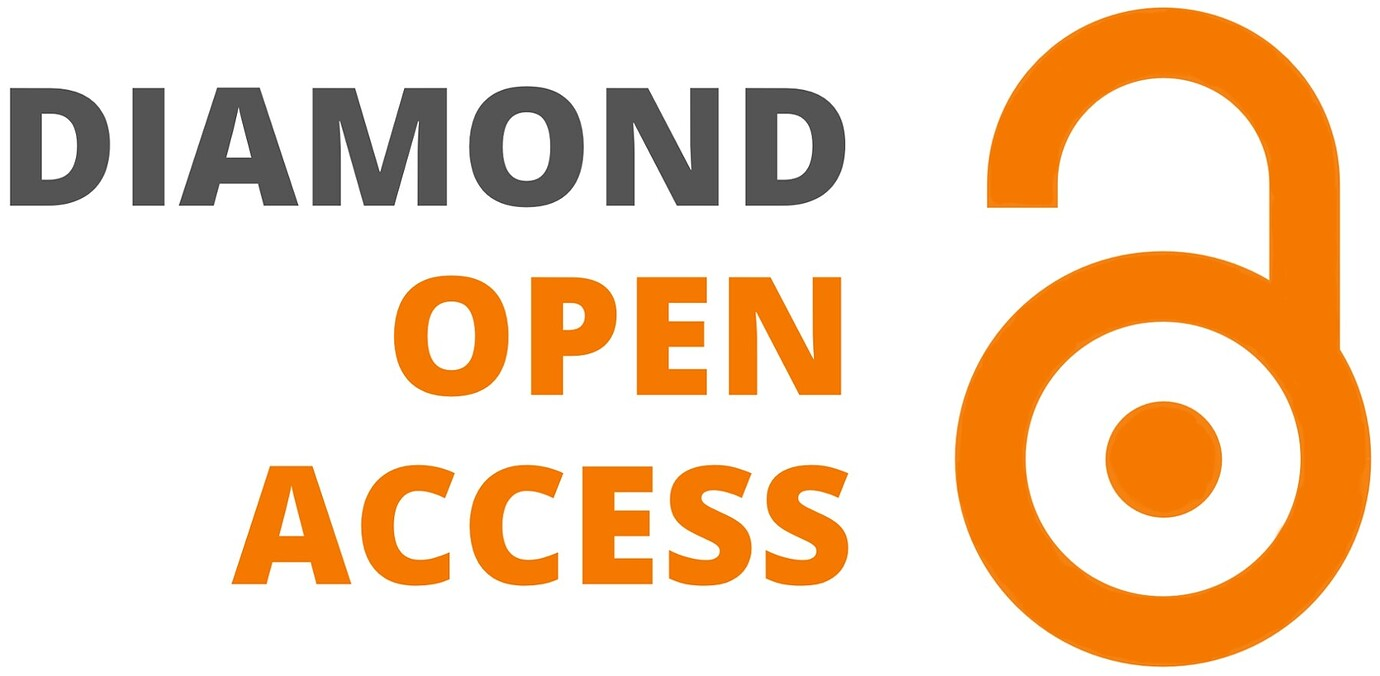The auditory and visual distractors’ impact on speech perception of deaf teenagers
Age comparison study
Keywords:
Comparative study, Deafness, Speech perception, Perceptual masking, Inhibition, AttentionAbstract
On a daily basis, children with hearing loss must be able to understand speech in an environment rich in auditory and visual distractors. This dissertation aims to study the impact of auditory and visual distractors in auditory, visual and audiovisual modalities on the speech identification of young deaf people, and the influence of age on the management of these distractors. We proposed to 19 deaf middle school students aged 11 to 15 years old to watch videos and listen to audio tapes of a speaker uttering four-word sentences, and then to perform a closed list word identification task. Eight tests, each consisting of twenty sentences, were presented in auditory, visual, and audiovisual modalities, with and without ecological visual and auditory distractors. Results were statistically compared between neutral and distractor tests, and across ages of participants. Noise had a negative impact on speech identification. The influence of visual distractors in the visual modality and the influence of visual and auditory distractors in the audiovisual modality were not demonstrated. For some participants, visual distractors recruited more attention and improved performance in the visual modality. The audiovisual benefit allowed them to identify sentences despite the presence of the distractors. Age had no influence on distractor management in the study, other factors may generate inter-individual differences. For future improvement, pupillometry and eye-tracking technology could be used to study cognitive recruitment induced by the presence of distractors and the management of visual environmental distractors.




